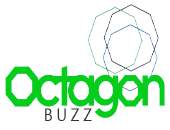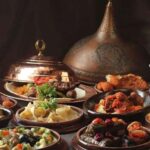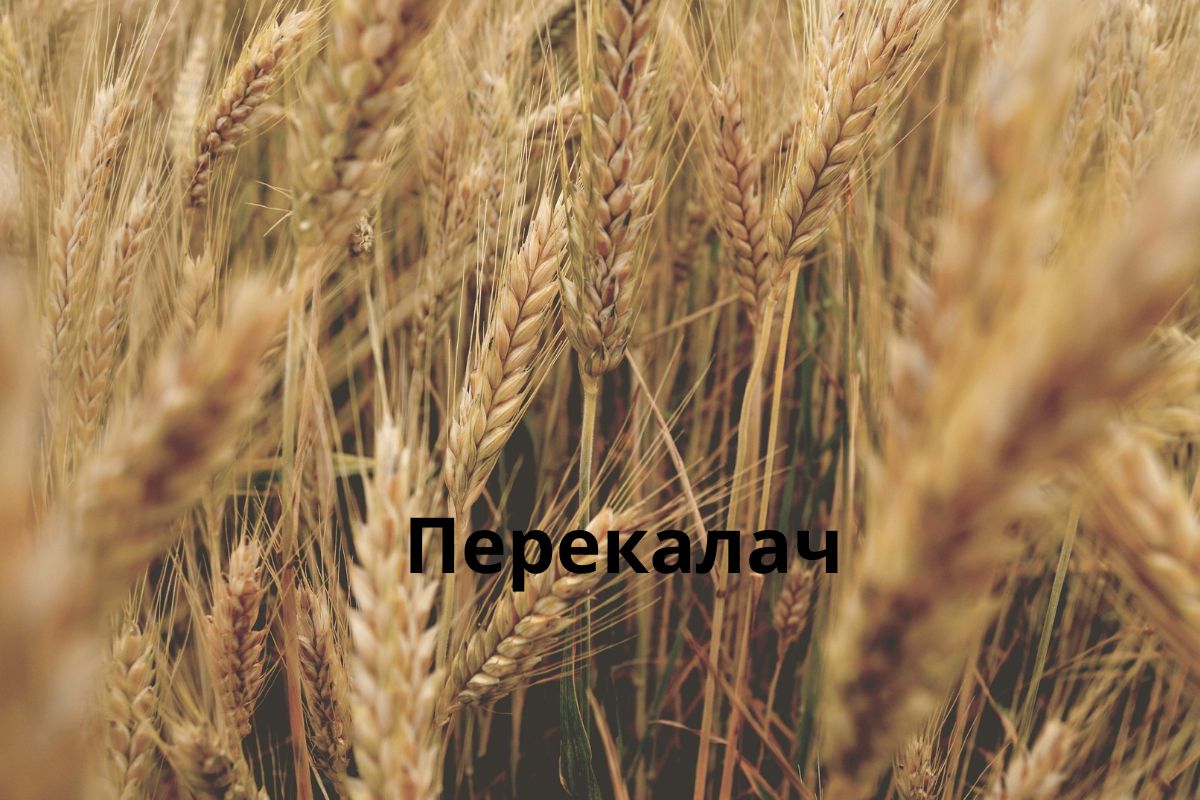Introduction to Перекалач
In the vast and intricate world of culinary arts, Перекалач stands out as a dish steeped in tradition, rich in flavor, and deeply rooted in cultural significance. Originating from Eastern Europe, Перекалач is not just a dish but a symbol of heritage and community. It’s a culinary masterpiece that has been passed down through generations, each adding their unique touch to its preparation and presentation. This article delves into the history, preparation, and cultural importance of Перекалач, providing a detailed exploration that goes beyond the surface to uncover the true essence of this remarkable dish.
The Origins of Перекалач
Перекалач has a long and storied history that dates back centuries. It is believed to have originated in the rural areas of Eastern Europe, where it was a staple in the diets of peasants and farmers. The name itself is derived from the ancient Slavic word for “twist” or “curl,” which refers to the unique shape of the bread. Traditionally, Перекалач was baked during the harvest season as a way to celebrate and give thanks for the bounty of the land. Over time, it became associated with various holidays and special occasions, including weddings, Christmas, and Easter.
The recipe for Перекалач has been handed down from generation to generation, with each family adding their own variations and twists to the dish. Despite these differences, the core elements of Перекалач remain the same: a rich, sweet dough that is braided and twisted into a circular shape, often topped with seeds or nuts for added flavor and texture. This bread is more than just food; it is a symbol of unity, family, and tradition.
The Art of Making Перекалач
Creating Перекалач is an art form that requires patience, skill, and a deep understanding of the ingredients. The process begins with the preparation of the dough, which is made from simple ingredients such as flour, sugar, eggs, and yeast. The dough is kneaded until it reaches the perfect consistency—soft, elastic, and slightly sticky. Once the dough is ready, it is left to rise in a warm place, allowing the yeast to work its magic and give the bread its characteristic light and fluffy texture.
The next step in making Перекалач is the braiding of the dough. This is where the dish gets its unique shape. The dough is divided into three equal parts, each of which is rolled out into a long rope. These ropes are then braided together, creating a beautiful, intricate pattern. The braided dough is shaped into a circle and placed on a baking sheet to rise again.
Before baking, the dough is brushed with an egg wash, which gives the bread its golden brown color and shiny finish. It is then sprinkled with seeds, such as poppy or sesame, or topped with chopped nuts, adding a crunchy texture and nutty flavor to the bread. The bread is baked in a hot oven until it is golden brown and cooked through.
Cultural Significance of Перекалач
Перекалач is much more than just a type of bread; it is a cultural icon that holds deep meaning for those who make and consume it. In many Eastern European cultures, Перекалач is considered a symbol of hospitality and generosity. It is often served to guests as a sign of welcome and respect. The circular shape of the bread is also symbolic, representing unity, eternity, and the unbroken cycle of life.
During holidays and special occasions, Перекалач takes on an even greater significance. For example, in some regions, it is customary to bake a large Перекалач for Christmas or Easter, which is then shared among family and friends. The bread is often placed at the center of the table, where it serves as the focal point of the meal. In some cultures, Перекалач is also used in religious ceremonies, where it is blessed by a priest and distributed to the congregation.
The preparation and sharing of Перекалач is a ritual that brings people together. It is a way for families to connect with their heritage and pass on their traditions to the next generation. In this way, Перекалач is not just food, but a living link to the past.
Modern Variations of Перекалач
While the traditional recipe for Перекалач remains popular, there have been many modern variations of the dish that have emerged in recent years. These variations reflect the changing tastes and preferences of today’s consumers, as well as the influence of different cultures and cuisines.
One popular variation is the addition of various fillings to the dough before it is braided. These fillings can include anything from sweet ingredients like chocolate, dried fruit, and cinnamon to savory options like cheese, herbs, and garlic. The fillings add an extra layer of flavor and complexity to the bread, making it even more delicious and satisfying.
Another modern twist on Перекалач is the use of alternative flours, such as whole wheat or gluten-free flour. These flours give the bread a different texture and taste, while also catering to those with dietary restrictions or preferences. Additionally, some bakers have experimented with different shapes and sizes of the bread, creating everything from mini Пере-калач rolls to large, elaborate loaves.
Despite these variations, the essence of Перекалач remains the same. It is still a bread that is made with love, care, and attention to detail. Whether it is prepared in the traditional way or with a modern twist, Перекалач continues to be a cherished part of Eastern European cuisine.
How to Enjoy Перекалач
Перекалач is a versatile bread that can be enjoyed in many different ways. It can be eaten on its own, served with butter or jam, or used as a base for sandwiches. The bread’s slightly sweet flavor pairs well with both sweet and savory toppings, making it a perfect addition to any meal.
For breakfast, Пере-калач can be toasted and served with a dollop of cream cheese or a spread of honey. It also makes a great accompaniment to a hearty bowl of soup or stew. For a more indulgent treat, Перекалач can be sliced and used to make French toast or bread pudding.
In addition to being a delicious and versatile bread, Пере-калач is also a great gift. A freshly baked Пере-калач makes a thoughtful and personal present for holidays, birthdays, or other special occasions. It is a gift that is sure to be appreciated by anyone who receives it.
Conclusion
In conclusion, Пере-калач is a bread that is rich in history, culture, and flavor. It is a dish that has been cherished for centuries and continues to be a beloved part of Eastern European cuisine. Whether enjoyed in its traditional form or with a modern twist, Пере-калач is a bread that brings people together and connects them to their heritage. Its preparation is a labor of love, and its consumption is a celebration of life, family, and community.











